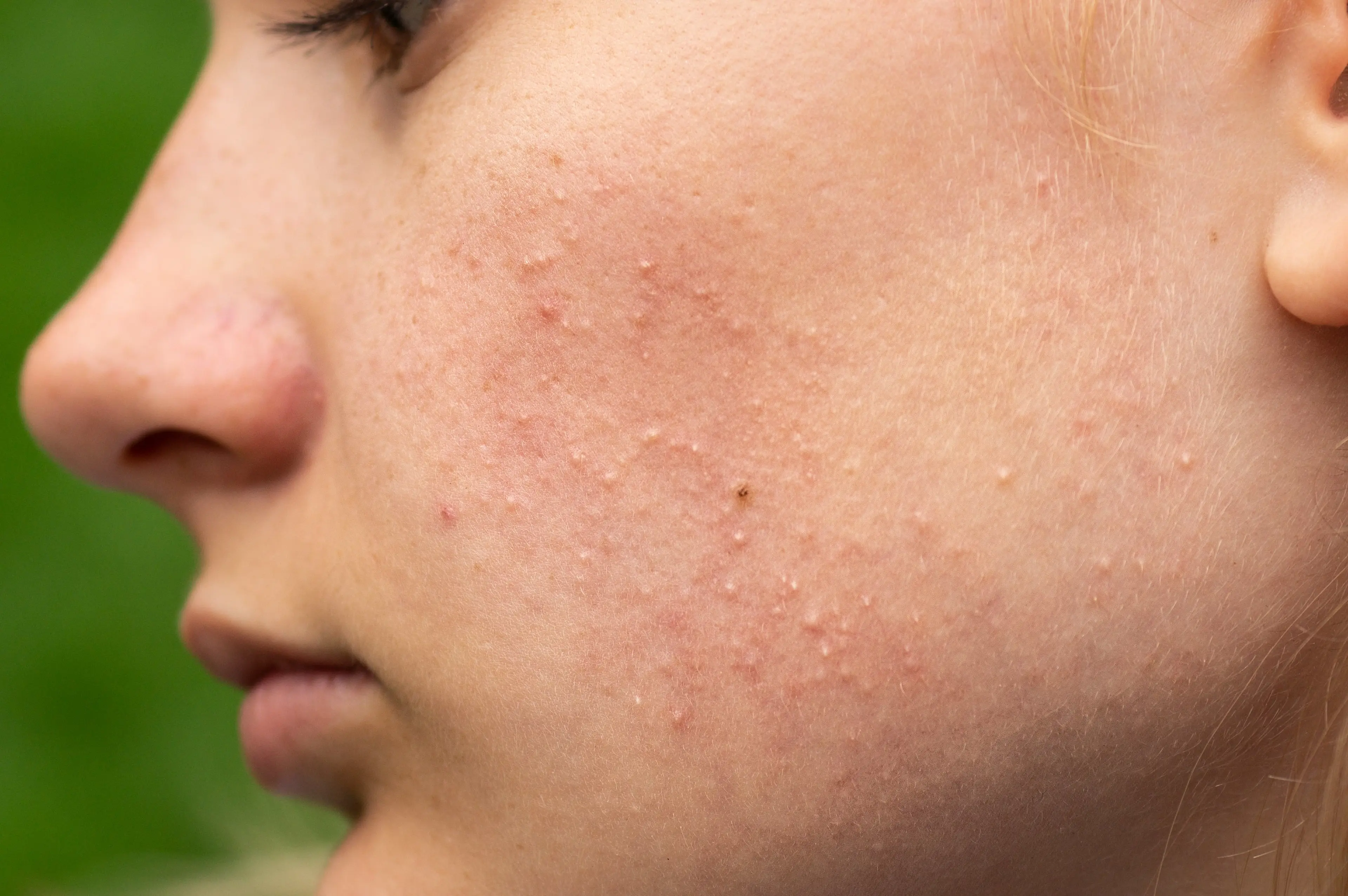What are Comedones?
Comedones are tiny papules of acne that are of pigmented flesh. Usually, they begin at the chin and forehead. Blackheads and whiteheads are the two forms of comedonal acne that are most common. Blackheads have "open" comedones, whereas whiteheads have "closed" comedones.
One kind of comedone that may not be visible to the unaided eye is the microcomedones. Blackheads and whiteheads that are larger than usual are also possible to form.
What are the causes of comedones?
Entrapped hair follicles typically cause blackheads and whiteheads and, thus, comedones.
Normal surface skin cell shedding allows for the formation of new skin cells. Dead skin cells may occasionally become lodged in the hair follicles. A plug may develop when mixed with the sebum (natural oils) in your pores, resulting in comedonal acne.
Adults with oily skin are more likely to get this type of acne. Additionally, it occurs more frequently in smokers. The following are additional comedonal acne risk factors:
Diet categorized with a high dairy intake and lots of fats and sweets
Excessive hydration of the skin, frequently caused by improper moisturizing
Extreme humidity
Laser therapy
Inappropriate use of chemical peels
Follicle injury caused by popping comedones
Read to know more in depth about Blackheads & Whiteheads.
What are some potential treatments for comedones?
To treat comedonal acne, use the appropriate creams or gels and change your skincare routine. The following could be part of a skincare routine to reduce comedones:
Daily topical application of appropriate skincare products
Twice-daily face washing with a mild cleanser and warm water to prevent irritation
Refraining from using oil-containing skincare and cosmetics
Different skincare creams and serums can aid in reducing excess oil and accelerating skin cell renewal. An efficient skincare product to treat comedonal acne could include the following:
Azelaic acid
Adapalene
Salicylic acid
Glycolic acid
Benzoyl peroxide
Retinoid
Can lifestyle changes help treat comedones?
Preventing comedonal acne is the best course of action. Any treatments you opt for might be complemented by your lifestyle choices, including skincare products, your general skincare routine, and dieting and exercising.
Skincare products
The finest cleansers for eliminating oil and grime from acne-prone skin are creamy or gel-based. Water-based moisturizers are the best. Look for lotions formulated in combination with oily skin if you have comedones.
If you apply cosmetics, ensure they are non-comedogenic to prevent pore clogging. Wear sunscreen-containing foundation as a bonus, especially if using retinoids or acid-based peels.
Check out our wide range of Neutrogena Products specially formulated for acne prone skin, here.
General skincare routine
Every morning and evening, you should cleanse and moisturize your skin. Here are some additional pointers that you want to incorporate into your daily routine:
Wash your face in gentle circular strokes for at least 30 seconds at a time. No rubbing at all!
Use the proper toner as a follow-up.
Before using sunscreen and makeup, let your moisturizer dry.
After working out during the day, wash your face.
Never go to bed wearing makeup because this can cause your pores to retain extra oil.
To get rid of grease, makeup, and sunscreen, use a pre-cleanser.
Diet and exercise:
It's also beneficial to consider diet and exercise when treating comedones. You should limit the number of added sweets, fats, and dairy in your diet. The underlying cause of comedones, inflammation, is claimed to be aggravated by these components. Avoiding processed foods and sweets is the easiest way to accomplish this. Plant-based meals are the best choice for skin health. Antioxidants found in these are abundant and help reduce inflammation and free radicals. These results can also be obtained via regular exercise.
References:
Cunliffe, W. J., Holland, D. B., & Jeremy, A. (2004). Comedone formation: etiology, clinical presentation, and treatment. Clinics in dermatology, 22(5), 367-374.
Katsambas, A. D., Stefanaki, C., & Cunliffe, W. J. (2004). Guidelines for treating acne. Clinics in Dermatology, 22(5), 439-444.
Spencer, E. H., Ferdowsian, H. R., & Barnard, N. D. (2009). Diet and acne: a review of the evidence. International Journal of Dermatology, 48(4), 339-347

